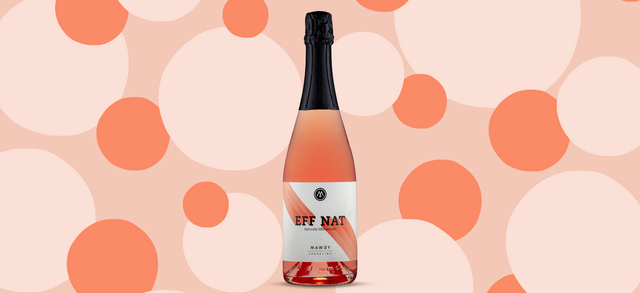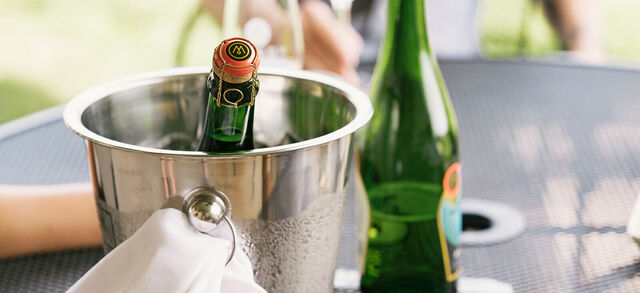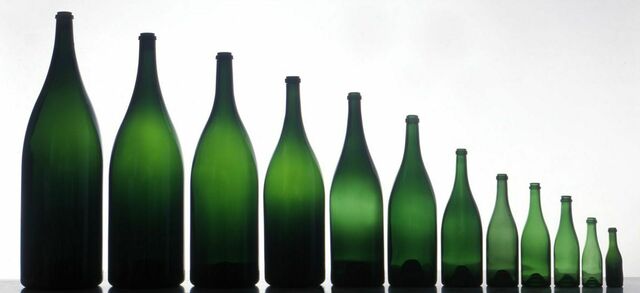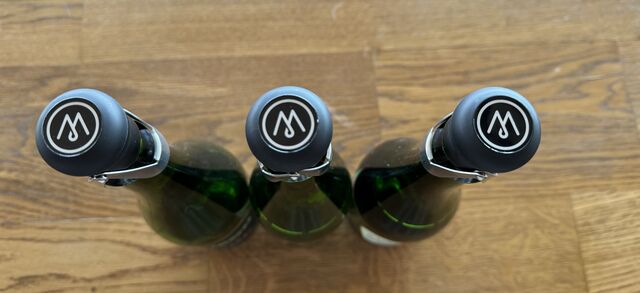
The MAWBY Guide to Mimosas: Recipes and Pairing Tips to Elevate Your Brunch
2 min read
If you’re into wine, you’ve probably heard of Pét-Nat (aka Pet Nat). This naturally sparkling wine has been making a fizzy splash in recent years as a fun, unique option. But what is Pet Nat wine, and why is everyone talking about it?
Learn More2 min read
2 min read
4 min read
2 min read
3 min read
2 min read
2 min read
2 min read
3 min read
2 min read
2 min read
2 min read








